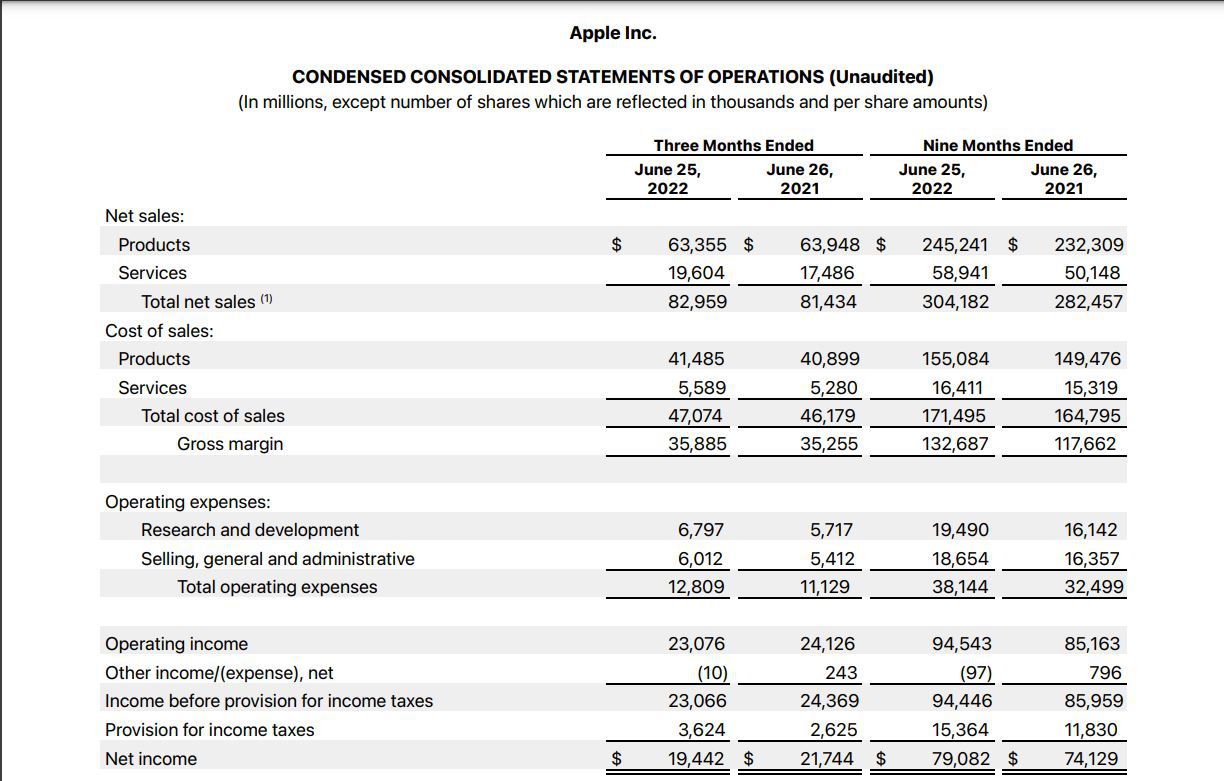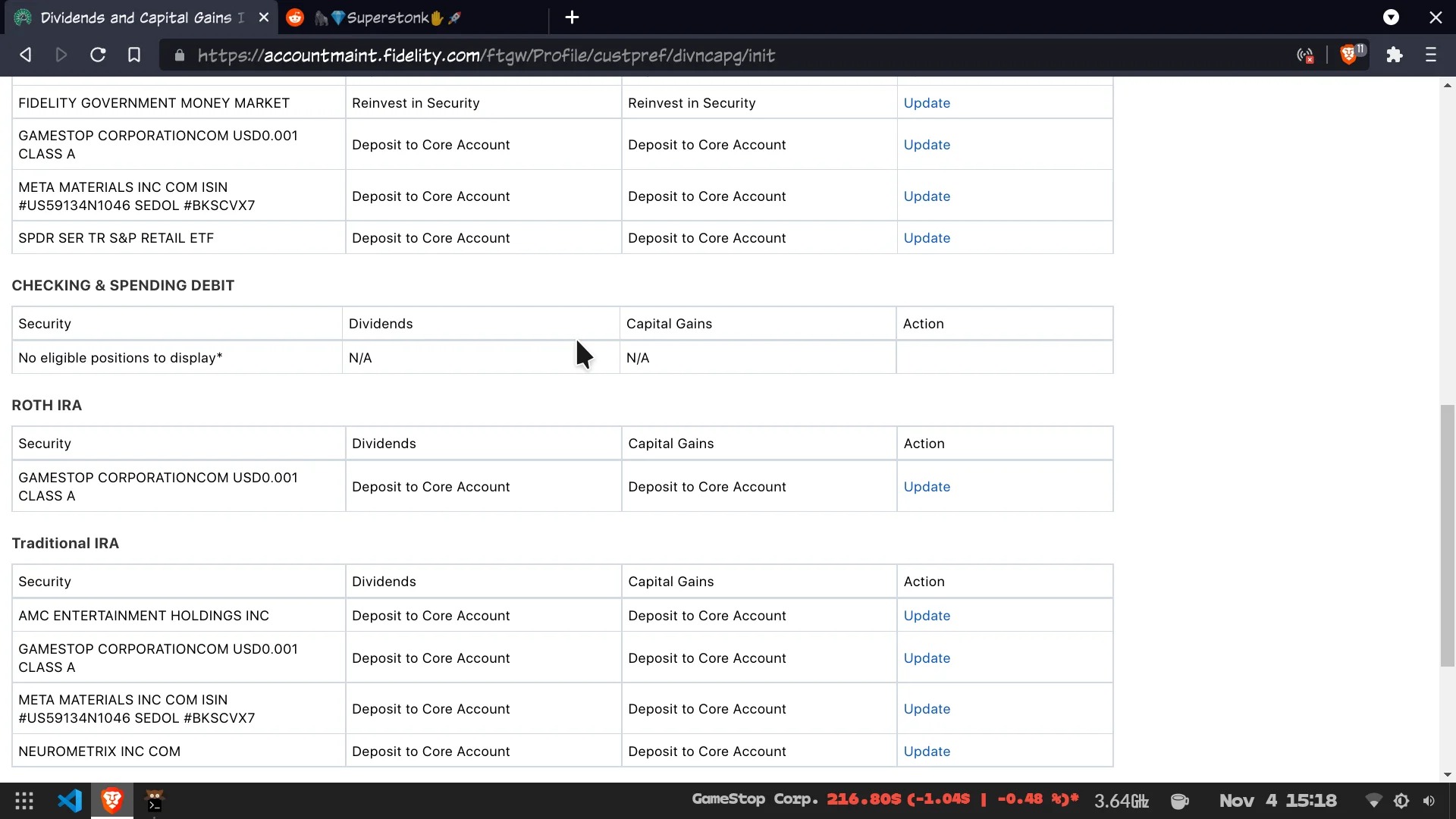Home>Finance>Non-Operating Income: Definition, Examples, And Purpose


Finance
Non-Operating Income: Definition, Examples, And Purpose
Published: January 1, 2024
Learn about non-operating income in finance, including its definition, examples, and purpose. Take control of your financial knowledge!
(Many of the links in this article redirect to a specific reviewed product. Your purchase of these products through affiliate links helps to generate commission for LiveWell, at no extra cost. Learn more)
Understanding Non-Operating Income: Definition, Examples, and Purpose
Welcome to our Finance category, where we dive into the intricacies of various financial concepts. In this blog post, we will be exploring the topic of non-operating income – what it is, examples of it, and its purpose. Whether you’re a finance enthusiast or a business owner looking to expand your knowledge, this article will provide you with valuable insights into the world of non-operating income.
Key Takeaways:
- Non-operating income refers to the revenue or gains generated by a company’s activities that are not directly related to its core operations.
- Examples of non-operating income include interest income, dividend income, gains from the sale of assets, and foreign exchange gains.
Now, let’s delve deeper into the definition of non-operating income. In simple terms, non-operating income is any revenue or gains generated by a company that is not derived from its core business operations. It is important to note that non-operating income is typically seen on a company’s income statement, separate from its operating income and expenses. This separation allows investors and financial analysts to understand the different components of a company’s overall financial performance.
Non-operating income can take various forms, and understanding its examples can provide clarity about what it entails. Here are some common examples of non-operating income:
- Interest Income: This is the income earned by a company from its investments in bonds, savings accounts, or other interest-bearing instruments.
- Dividend Income: When a company invests in other businesses and receives dividends from those investments, it is considered non-operating income.
- Gains from the Sale of Assets: If a company sells assets such as property, equipment, or investments at a profit, the gains from these transactions are considered non-operating income.
- Foreign Exchange Gains: If a company operates internationally and realizes gains due to favorable currency exchange rates, these gains are classified as non-operating income.
While non-operating income may not directly contribute to a company’s main operations, it serves an essential purpose. Let’s explore the purpose of non-operating income:
- Diversifying Revenue Streams: Non-operating income allows companies to diversify their revenue sources, reducing dependence on a single line of business.
- Enhancing Profitability: By generating additional income from non-operating activities, companies can potentially increase their overall profitability.
- Strengthening Financial Position: Non-operating income can help companies build a stronger financial position by accumulating assets or increasing cash reserves.
In conclusion, non-operating income plays a significant role in a company’s financial performance. It represents additional revenue or gains from activities not directly related to its core operations. Understanding non-operating income and its examples can provide valuable insights for investors and financial analysts. By diversifying revenue streams, enhancing profitability, and strengthening the financial position, non-operating income helps companies navigate the complexities of the business landscape.
We hope you found this article insightful! Stay tuned for more informative content in the Finance category.














